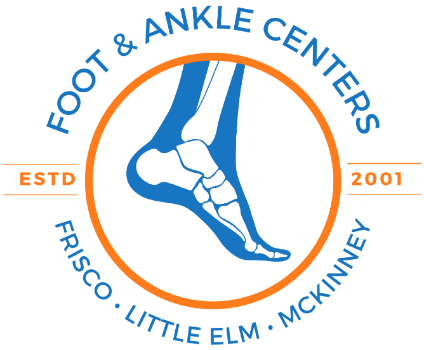Understanding Achilles Tendinitis: Causes, Symptoms, and Treatment


Properly Diagnosing Achilles Tendinitis
Achilles tendinitis is usually diagnosed based on a physical examination and a review of the patient's medical history. During the physical exam, the doctor will feel the affected area for tenderness and swelling and check for any areas of decreased flexibility.
Imaging tests, such as X-rays or MRI scans, may be used to check for any structural changes to the tendon. In some cases, the doctor may also order blood tests to rule out other conditions that could be causing the symptoms.
At Foot & Ankle Centers of Frisco, Little Elm, & McKinney, our team offers same-day appointments for urgent foot and ankle problems.

